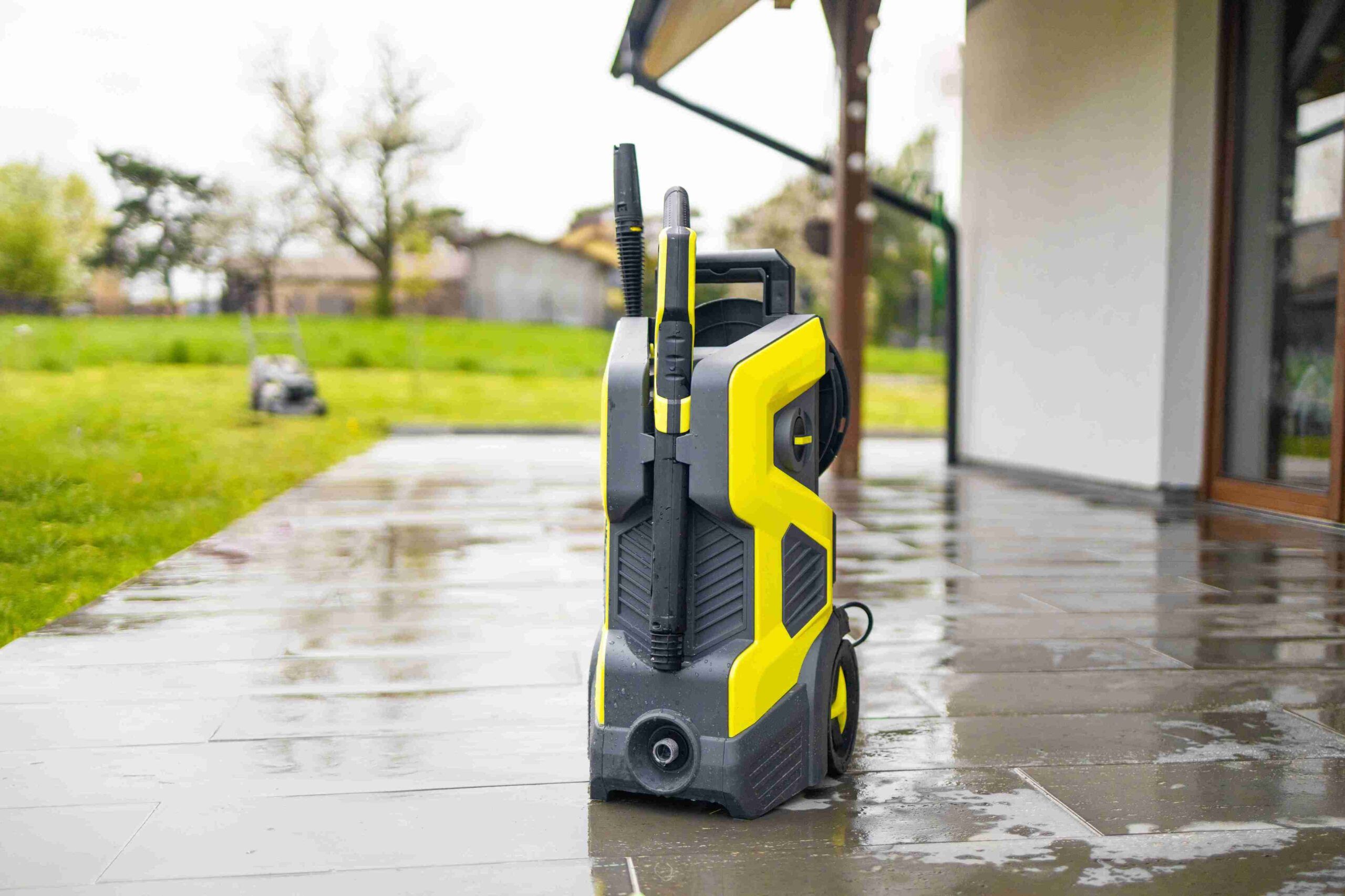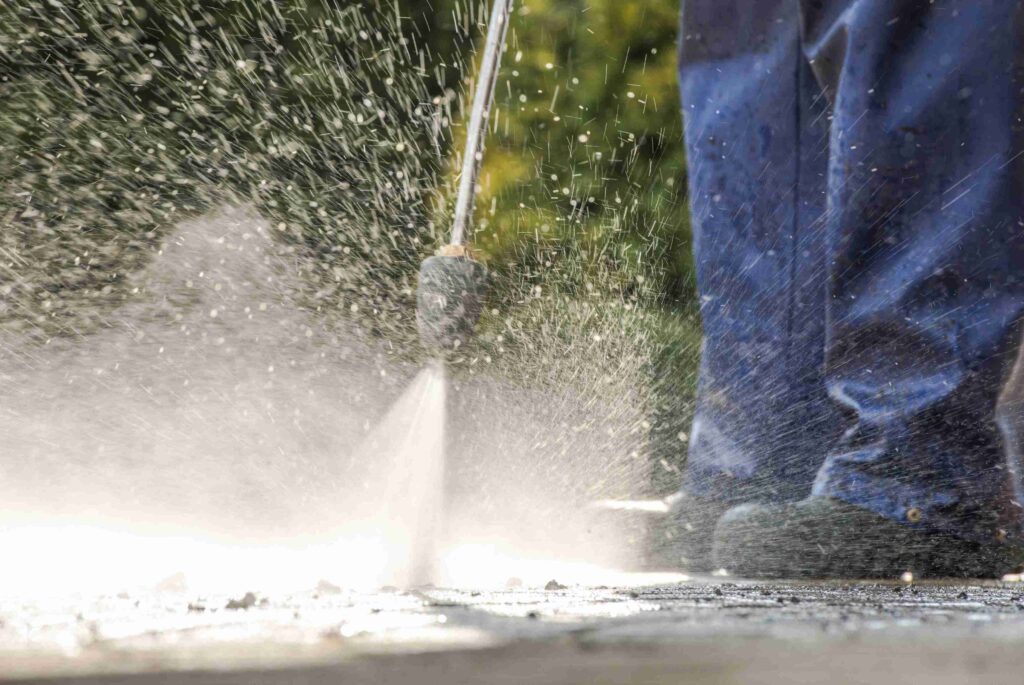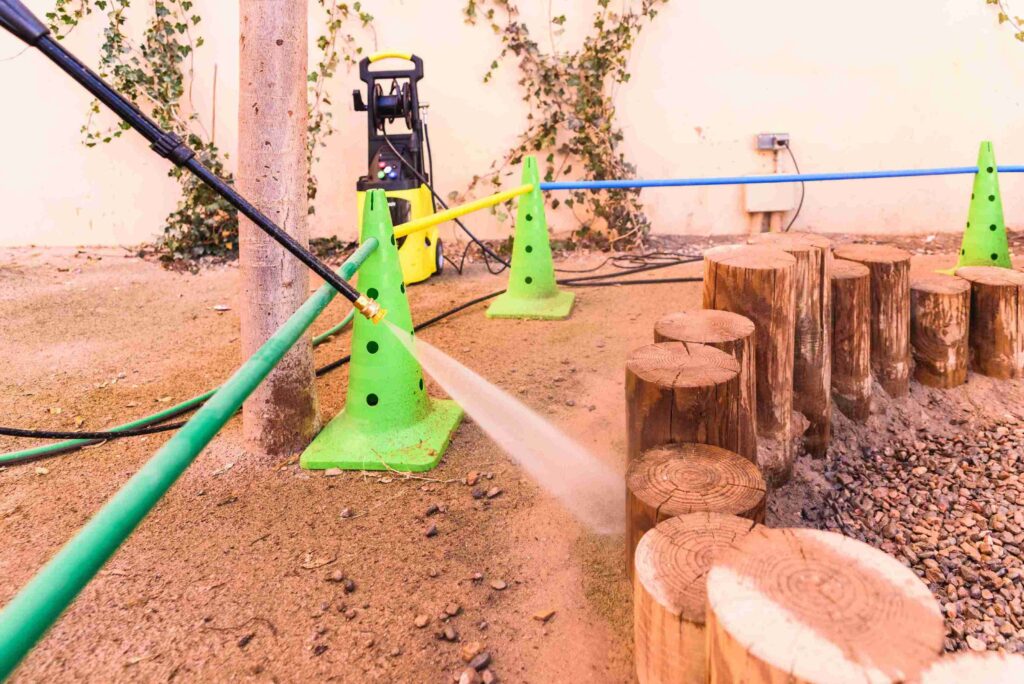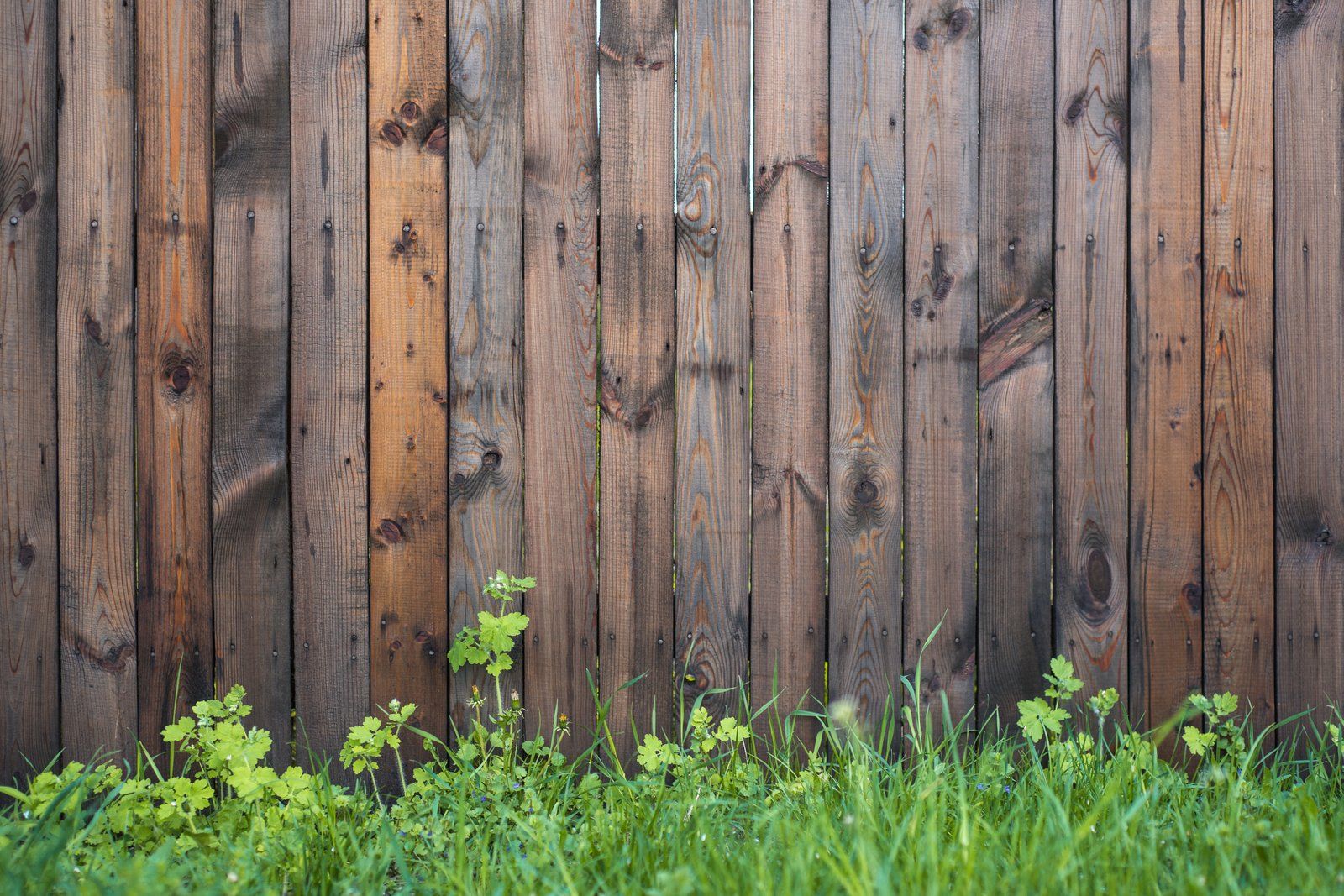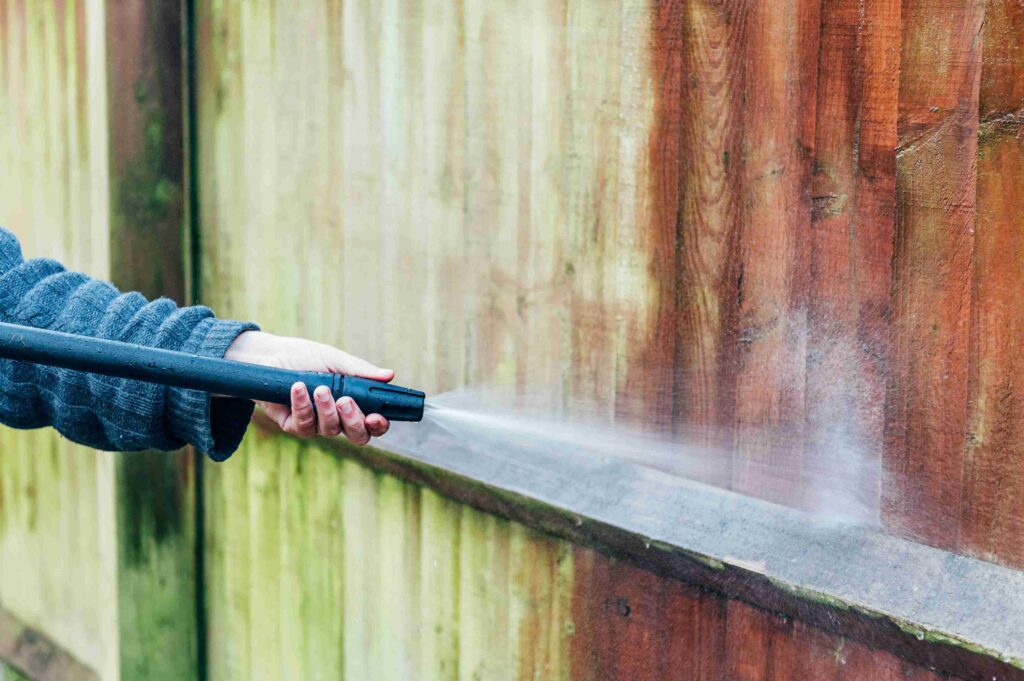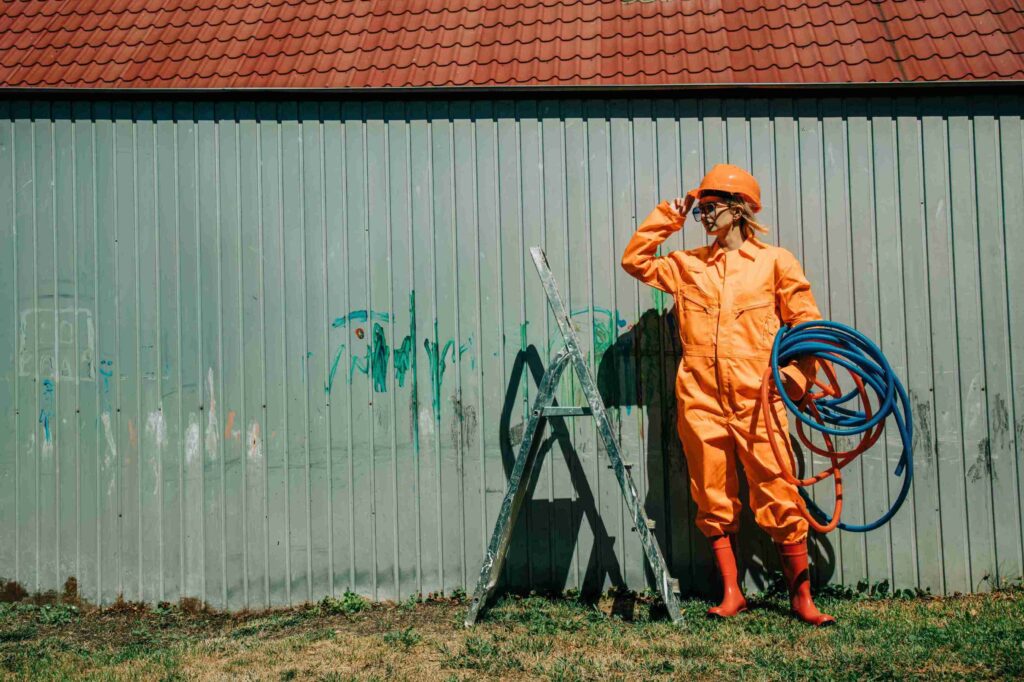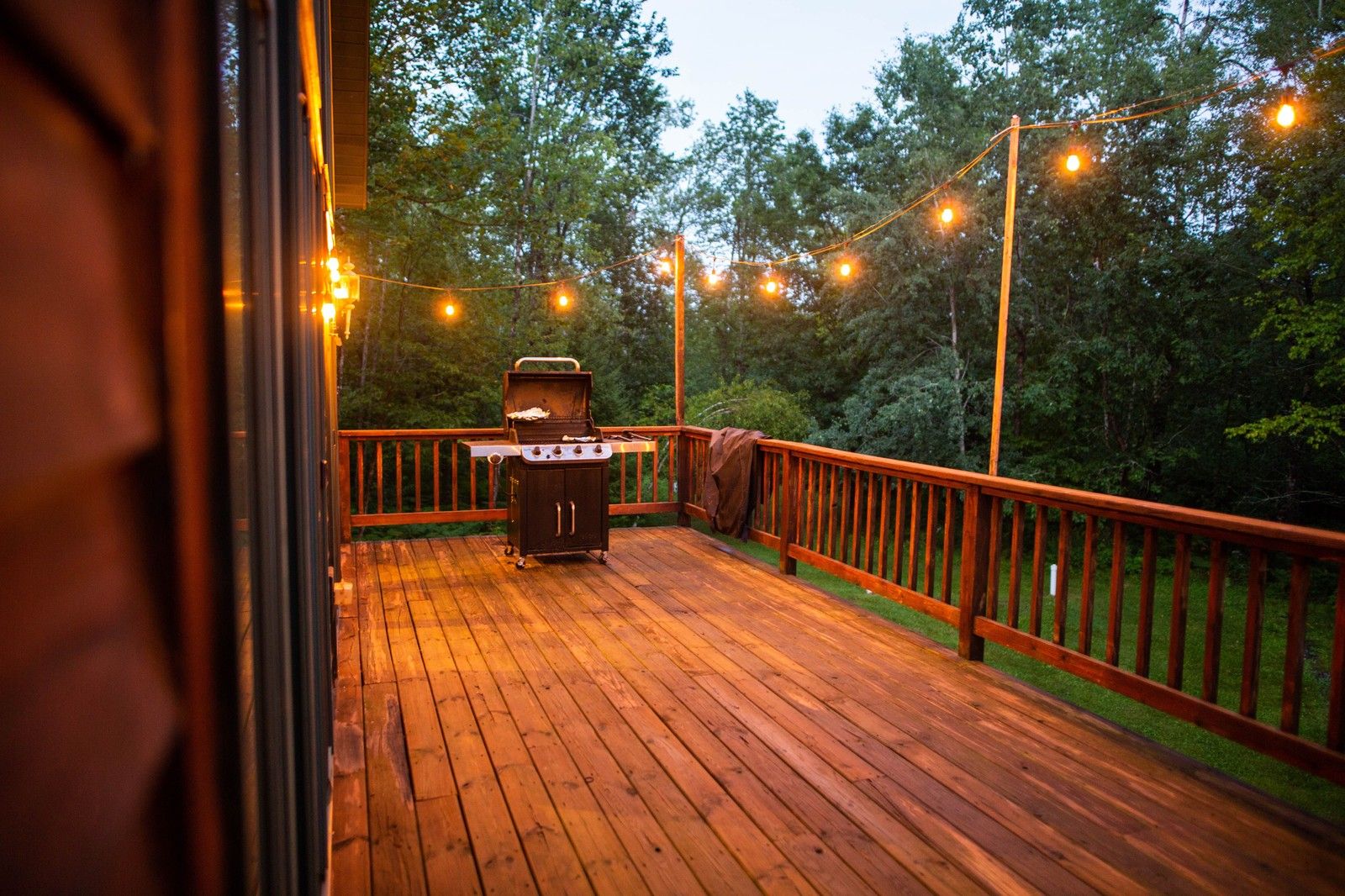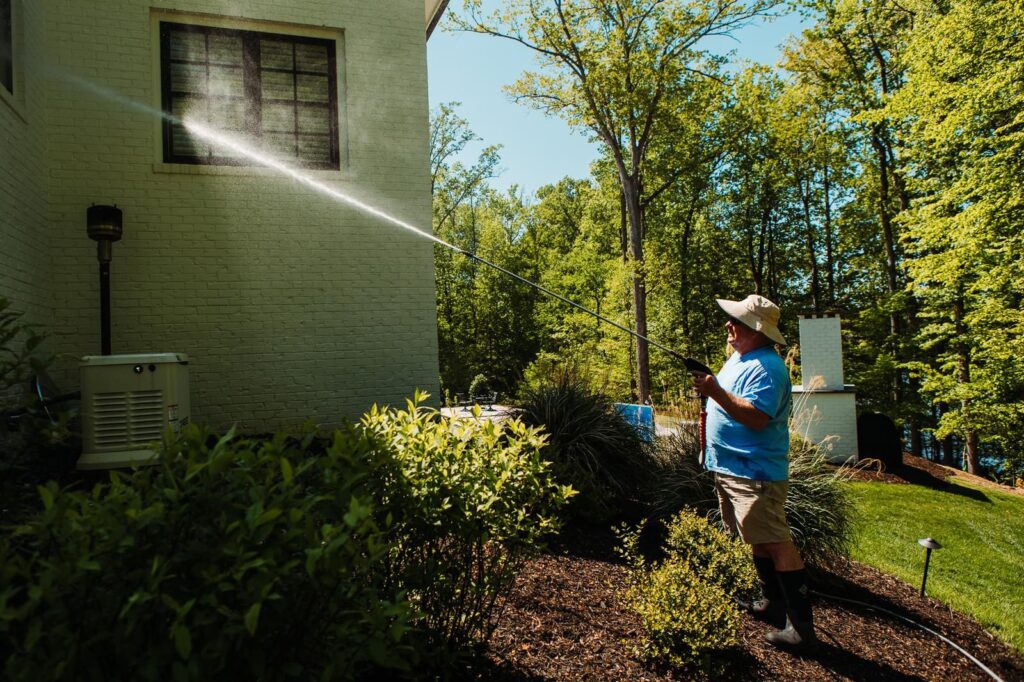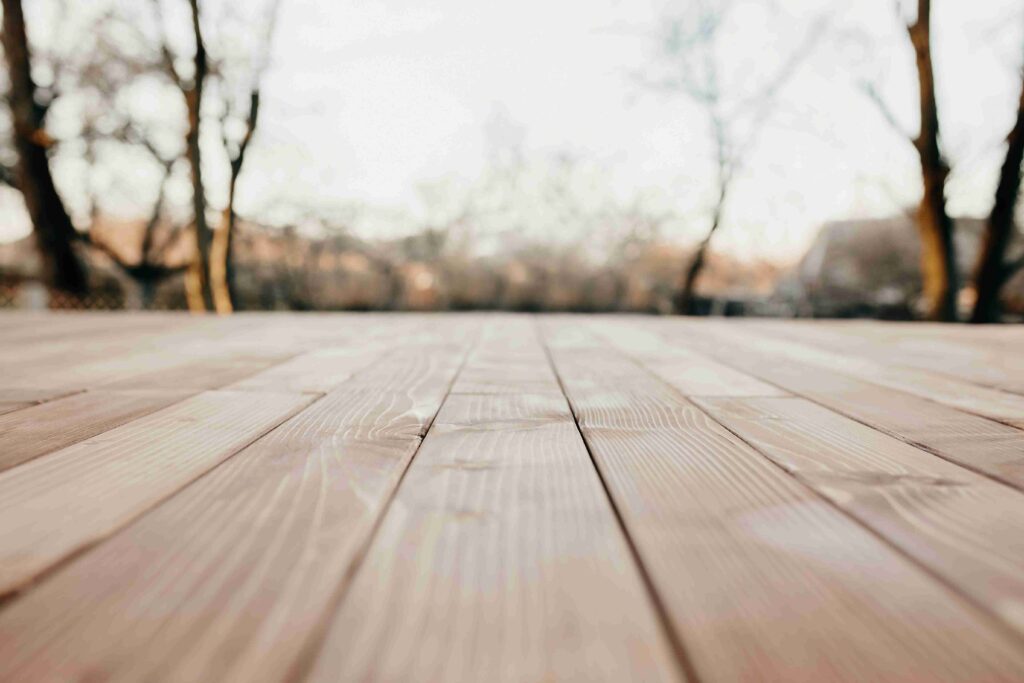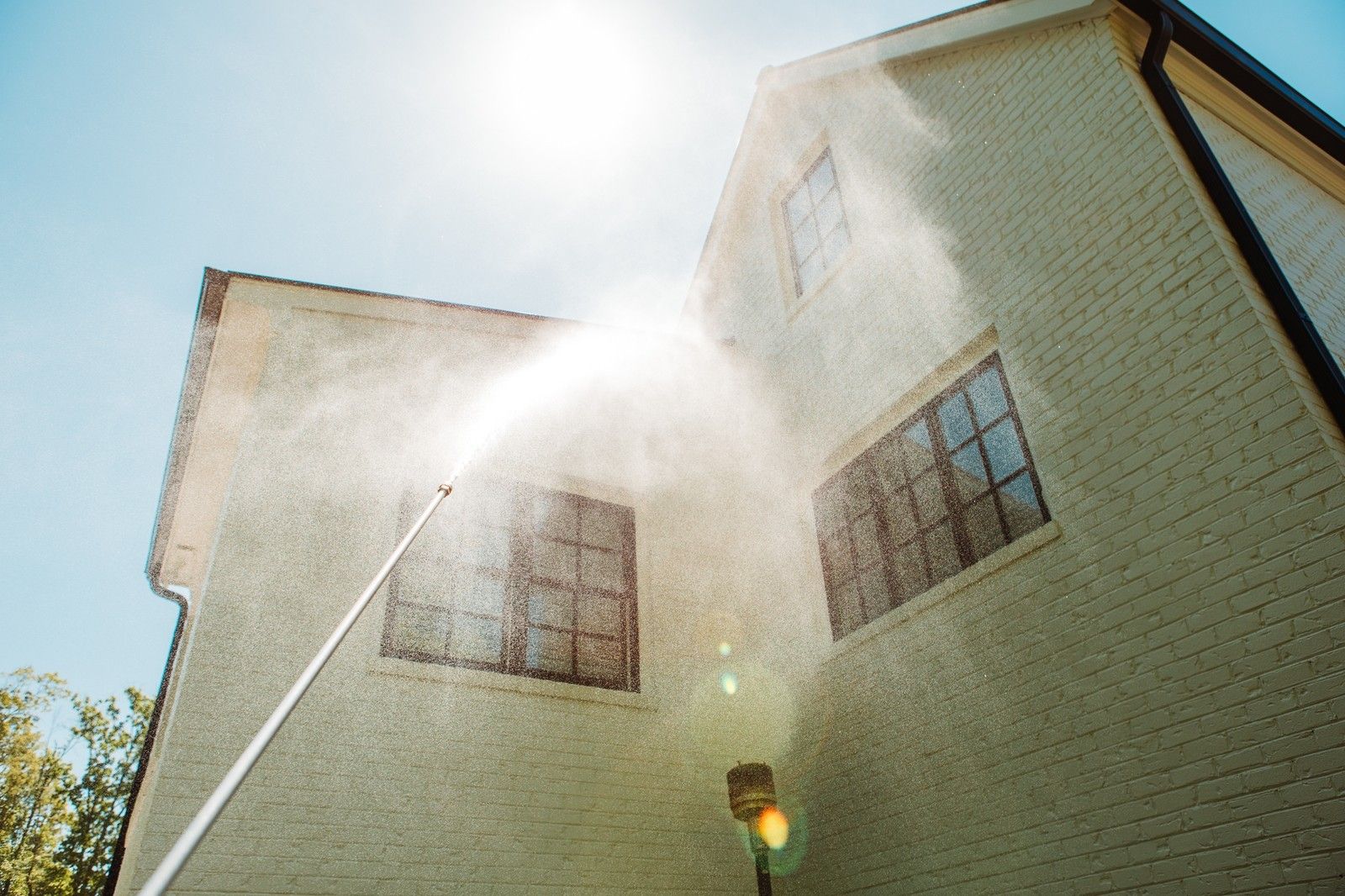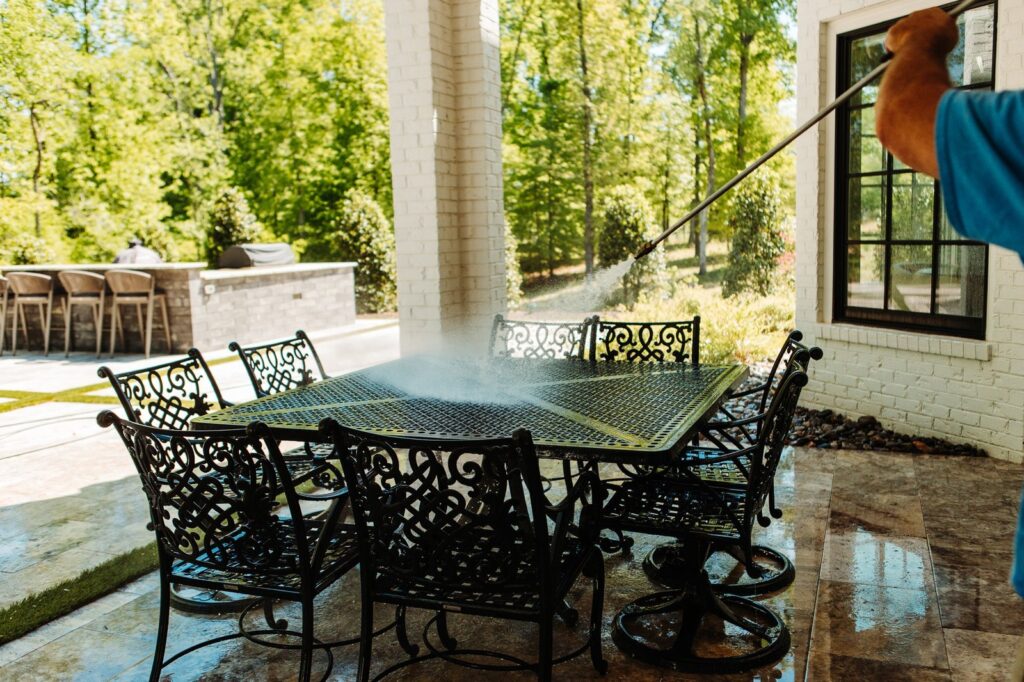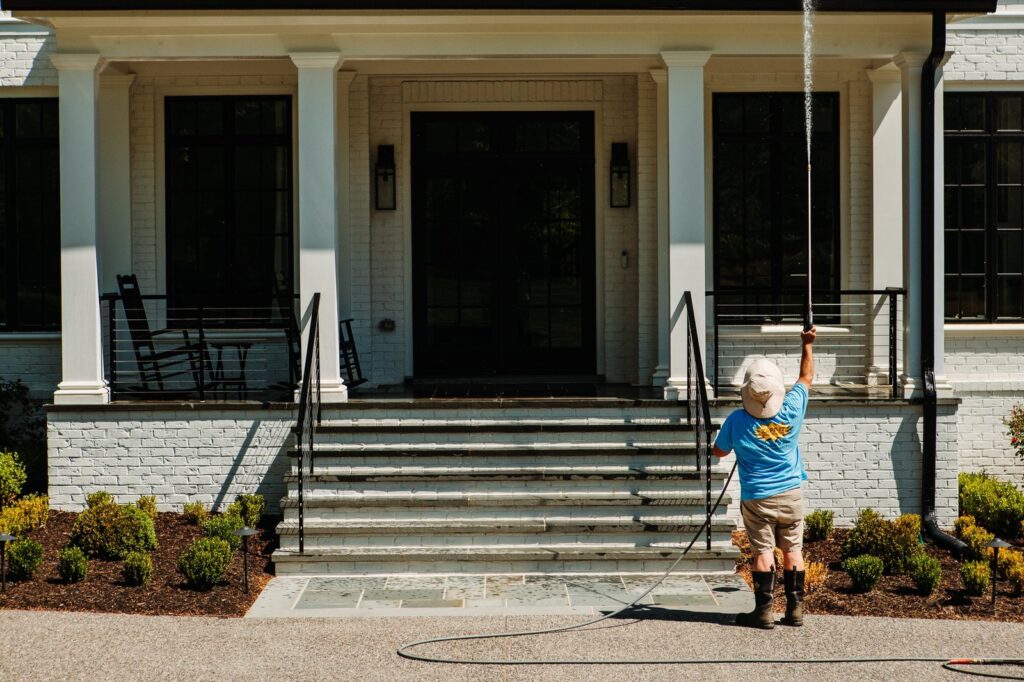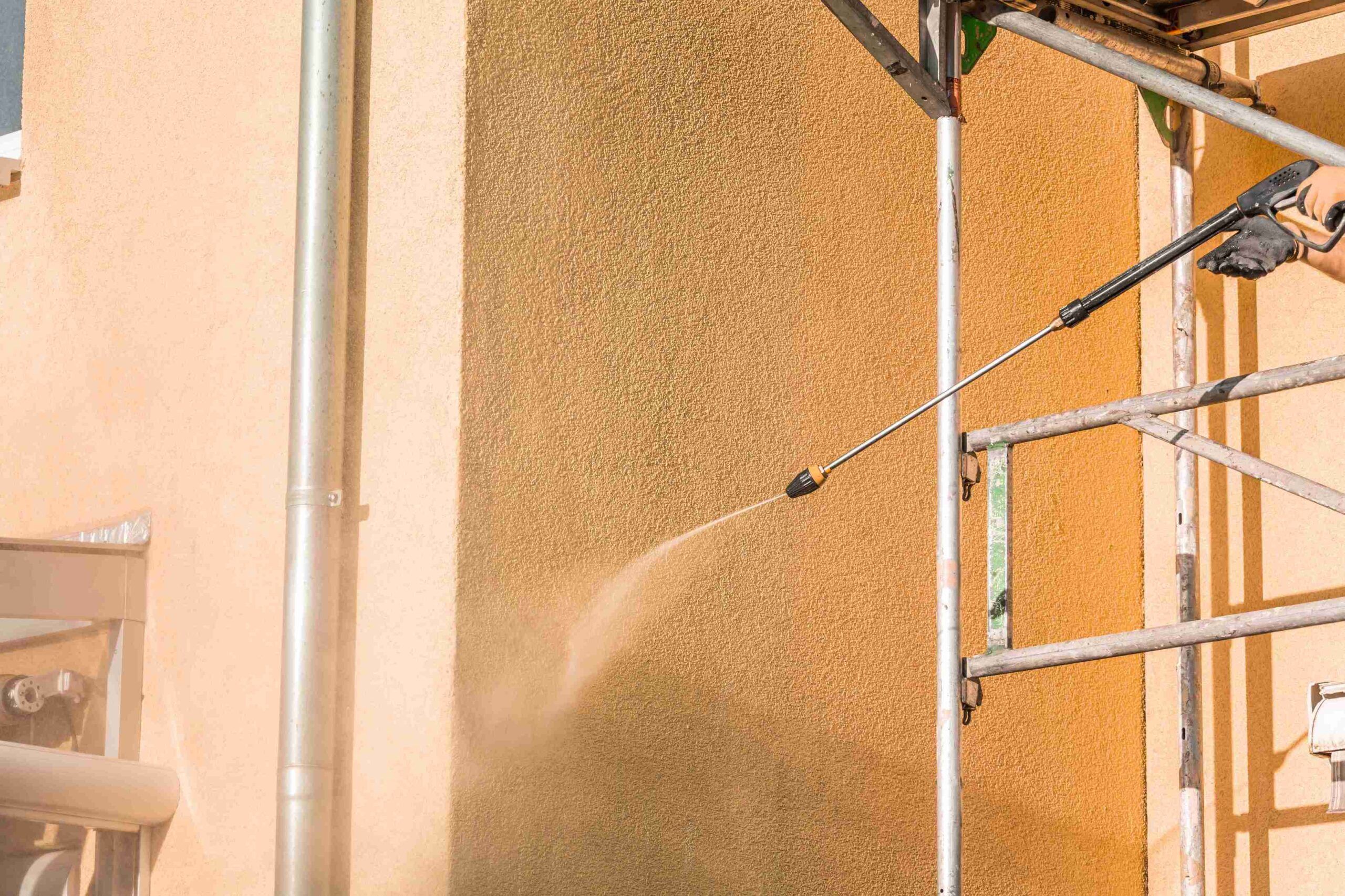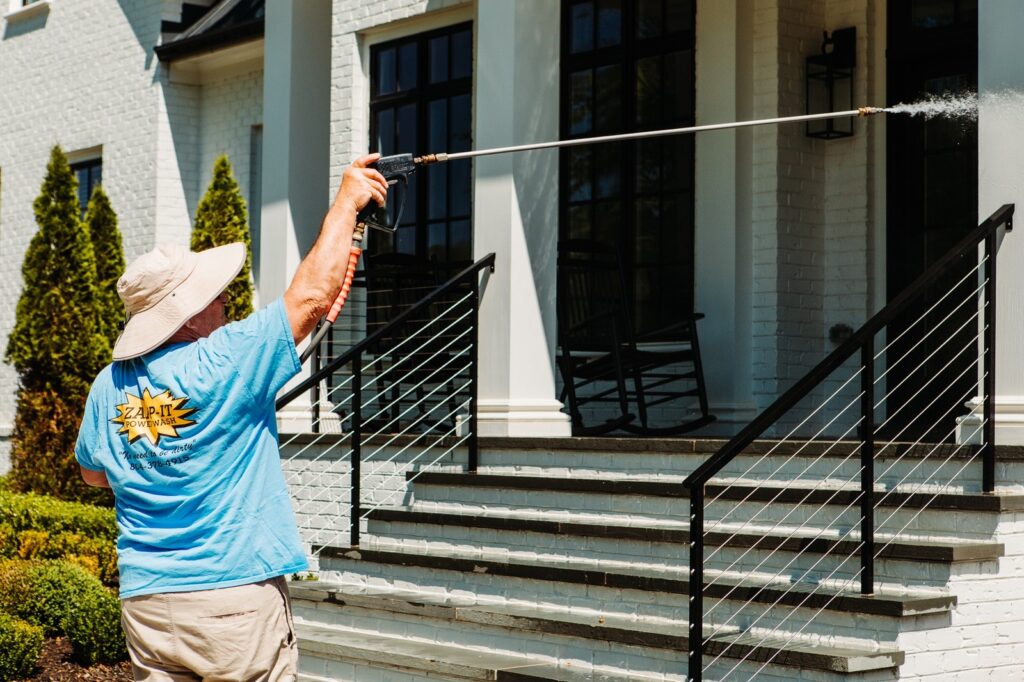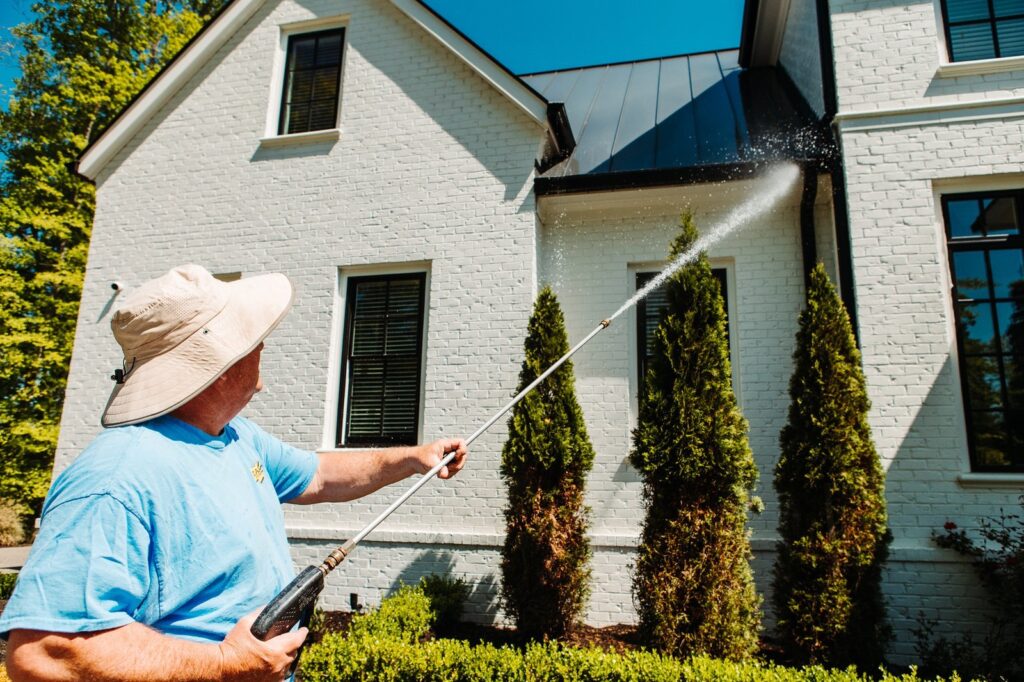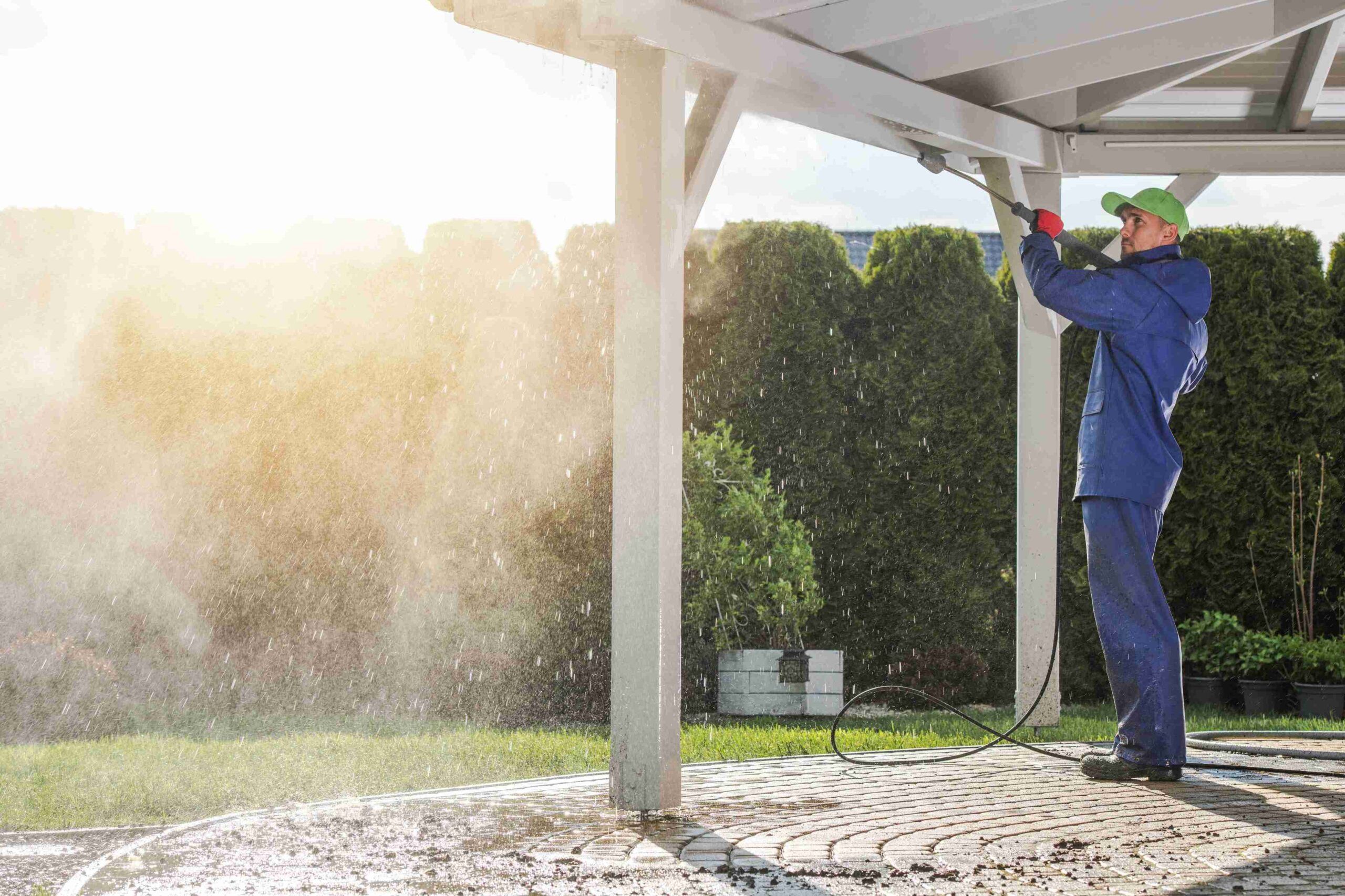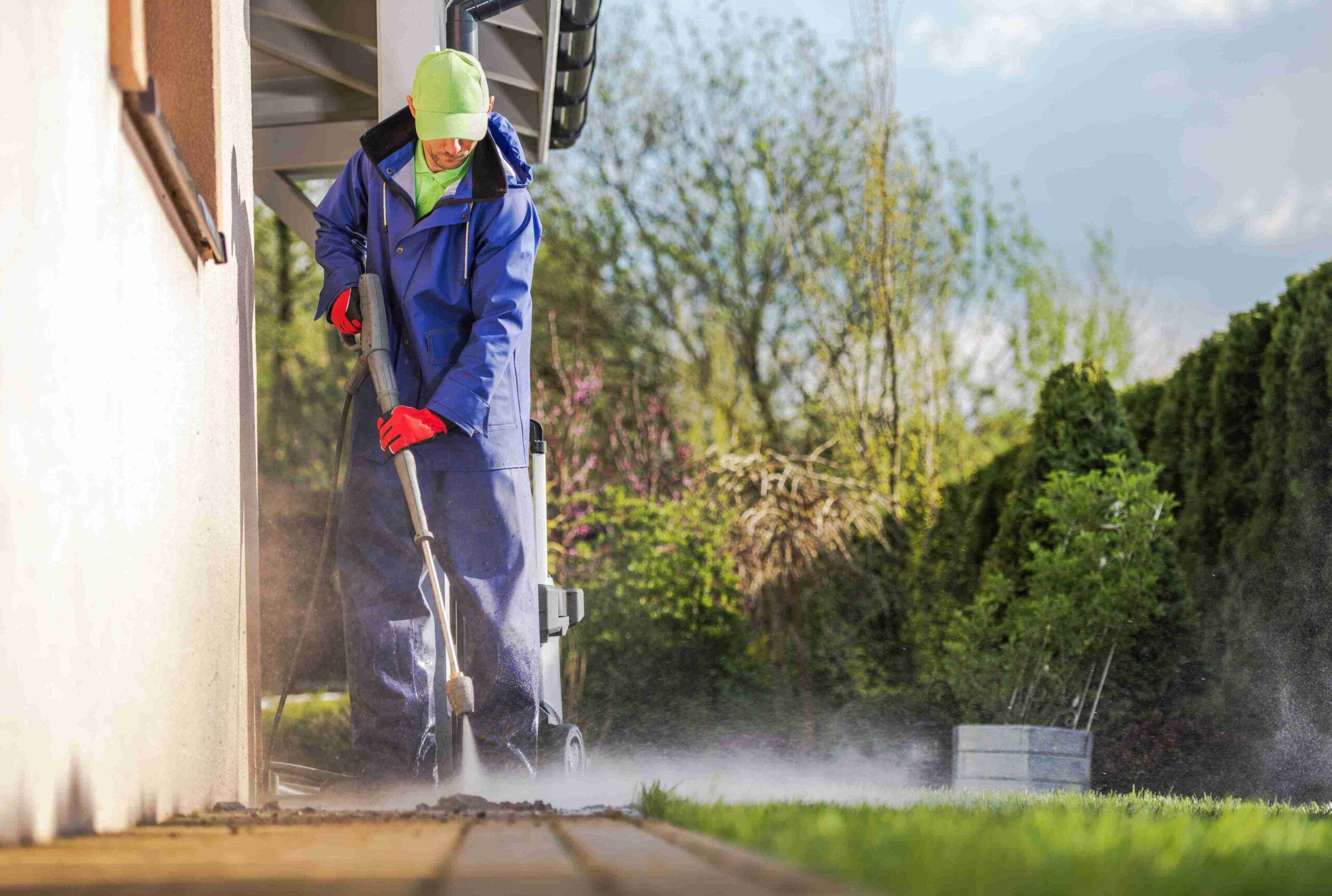How Much Does Window Cleaning Cost In Virginia? (Guide)
Ever notice how much brighter a room feels when the windows are spotless?
It’s one of those small details that makes a huge difference. But let’s be honest, cleaning windows isn’t the most fun chore. Between streaks, smudges, and those hard-to-reach panes, it can turn into a real headache.
That’s why so many people in Virginia hire professionals to take care of it.
The big question most people have is, how much does it actually cost?
In this post, we’ll shed some light on how much does window cleaning cost in Virginia, and the factors that affect your final bill. We’ll also give you a quick rundown of our prices.
How Much Does Window Cleaning Cost?
Window cleaning costs somewhere between $5 to $20 per window pane for residential jobs in Virginia.
That’s the sweet spot most companies hover around.
For full house cleanings, many homeowners pay between $150 and $350 depending on the size of the house and how many windows there are.
If you’ve only got a handful of windows, you might get away with $100 or so.
Bigger homes with tall or oddly shaped windows can go up into the $400+ range.
Commercial jobs are usually quoted differently, often priced per square foot (around $0.50 to $2.50) or based on accessibility.

Also Check Out Our: Full-Service Window Cleaning Services in Powhatan
What Affects The Cost Of Window Cleaning?
There are a bunch of different things that can nudge the cost of window cleaning up or down.
Let’s walk through the main factors that usually shape the price:
#1 Number Of Windows / Panes
This is the starting point for most companies when building a quote.
Every extra window means more time, more supplies, and more effort.
A home with 10 or 12 standard windows will naturally cost less than one with 30 or 40 scattered across multiple floors. Some companies even count panes separately, so a big bay window with three or four sections might cost more than a single, solid pane.
Oh and keep in mind many cleaners also have a minimum service charge.
So even if you’ve got only a few windows that need attention, you’ll still likely pay that base fee.
Also Read: Can You Pressure Wash In The Rain?
#2 Size Of Windows
Size makes a bigger difference than you’d think.
Standard double-hung windows are fast to clean and easy to handle. But oversized panes like tall picture windows or wide sliding glass doors, require more time and effort.
Larger glass also tends to show streaks more clearly, so cleaners often take extra care polishing them to a perfect finish.
The bigger the surface, the more labor involved, and that usually shows up on the bill.
#3 Inside And Outside Cleaning Vs Only One Side
If you just want the outside cleaned, it’ll obviously cost less.
But most people end up asking for both sides, because it’s kind of pointless to have shiny glass outside when the inside still looks cloudy.
Cleaning both sides roughly doubles the work, and the price usually follows. Still, the difference in clarity is noticeable, and most people find it’s worth the extra.
Some companies package it together, while others break it down so you can pick and choose.
#4 Screens, Tracks, Sills, Frames
Windows aren’t just glass. They’ve got screens, tracks, sills, and frames that collect dust, pollen, bugs, and dirt.
If you want those cleaned too, expect an add-on fee.
Screens trap pollen, dust, and bugs, especially in the spring and summer. Tracks collect debris and grime that can make windows stick or look messy even after the glass is clean.
Sills and frames pick up cobwebs, dust, and water spots.
If you want your windows looking truly refreshed, including these in your service can make a big difference. But that will increase your window cleaning cost.
Also Read: Pressure Washer To Strip Paint
#5 Height And Accessibility
Are your windows easy to reach? Great, you’ll end up paying less.
But once you get into second or third stories, or awkward spots like over stairwells or behind landscaping, the effort jumps way up. Cleaners might need tall ladders, safety harnesses, or special extension tools just to reach those areas.

The risk factor also comes into play because climbing high ladders or balancing on uneven ground is no small thing.
That extra time, gear, and skill is why tall or tricky windows cost more.
So if your place is a simple one-story home, you’re in luck. If you’ve got that gorgeous three-story colonial with lots of fancy angles, expect to pay a little extra.
#6 Condition Of Your Windows
Windows that get cleaned regularly are a breeze. A little dust, some light spots, and they’re sparkling again in no time.
But if it’s been years (or never) since they’ve been touched, things change.
Hard water stains from sprinklers, mineral deposits, sap from nearby trees, or old paint flecks from past projects can all add hours to the job. Sometimes cleaners even have to break out special solutions or razor tools to get everything off.
That extra labor usually means an extra fee.
Basically, the more neglected your windows are, the more it’ll cost to bring them back to life.
If you keep up with it once or twice a year,your window cleaning cost stays on the lower end, and your glass always looks fresh.
Bottom Line
Most homeowners can expect to pay between $150 and $350 for a full house window cleaning job, but that number depends on size, window type, and what extras you want.
If you’re debating hiring a pro, think about how much time it’d take to do it yourself.
Ladders, cleaning supplies, and scrubbing every last streak can eat up your whole weekend. A professional will knock it out fast, leave your glass spotless, and save you the hassle.
So the next time your windows start looking dull, you’ll know what kind of price range to expect.

